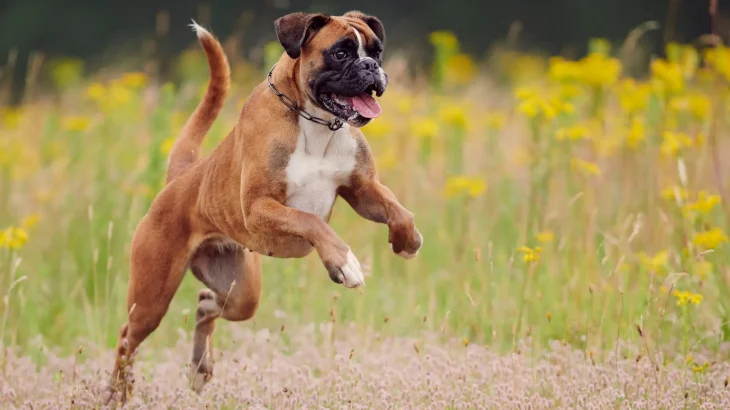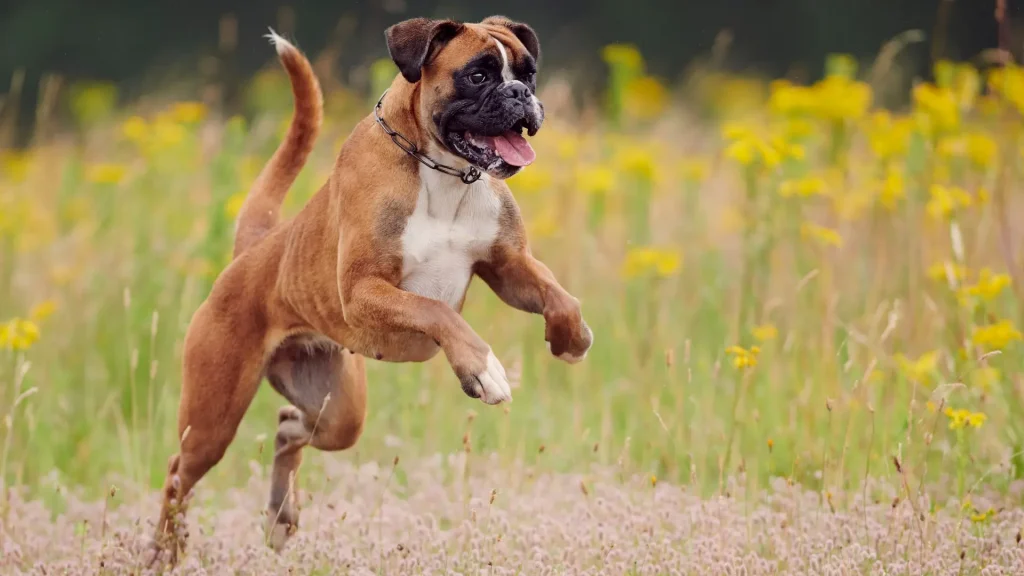Choosing whether to bring a Boxer puppy into your home by purchasing from a breeder or adopting from a shelter involves weighing different factors. Buying from a breeder generally offers more predictability in health and lineage, while adopting can be a rewarding way to give a dog in need a loving home. Each choice has benefits that suit different priorities and lifestyles.
| Criteria | Buying from Breeder | Adopting from Shelter/Rescue |
|---|---|---|
| Cost | Usually higher initial cost, often $1,500-$3,000 for Boxer puppies. | Lower adoption fees, typically $100-$300, often including vaccinations and spaying/neutering. |
| Health History | Breeders often provide health records and may perform genetic tests for common Boxer issues. | Health history may be limited or unknown; shelters conduct basic medical checks. |
| Age Availability | Primarily puppies, allowing owners to raise them young. | Various ages available, including adults and seniors. |
| Temperament Insight | Breeders may offer insight on lineage traits and early socialization. | Shelter staff provide behavior reports, but full history may be incomplete. |
| Supporting Practices | Supports responsible breeding when choosing ethical breeders. | Helps animal welfare by adopting dogs in need and reducing shelter populations. |
| Ethical Considerations | Ensure breeders use responsible practices to avoid genetic issues and puppy mills. | Adopting combats pet overpopulation and rescues dogs from harmful situations. |




















































